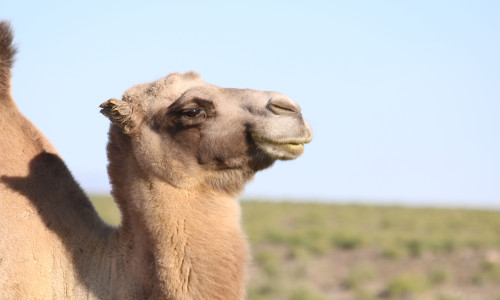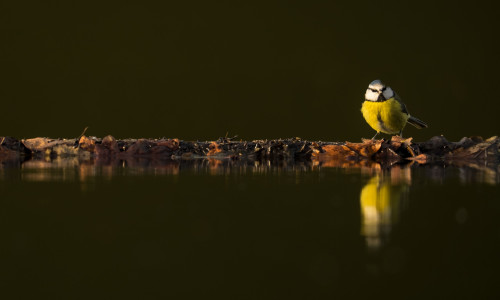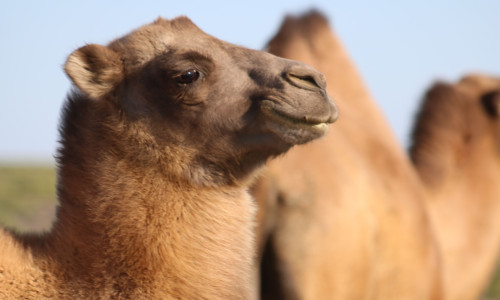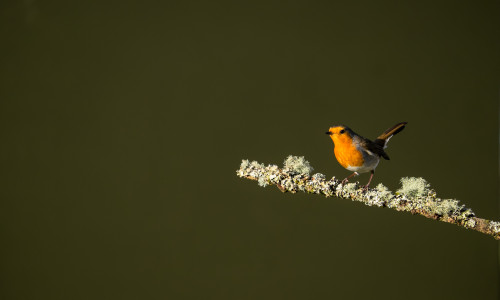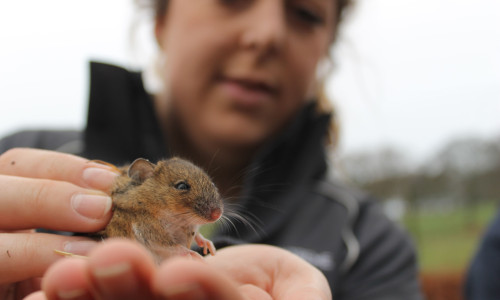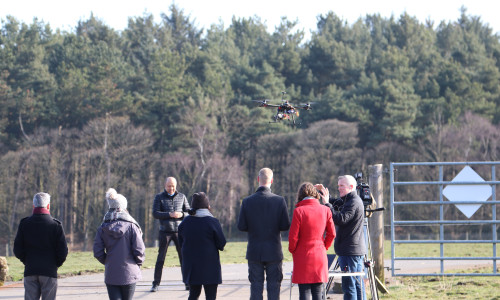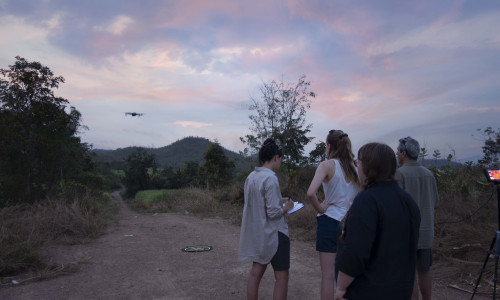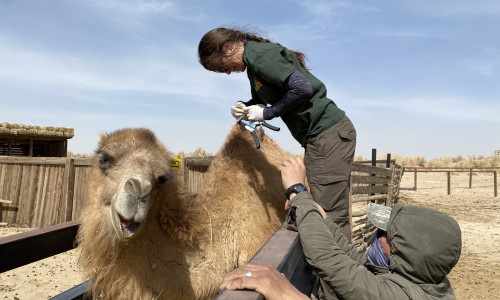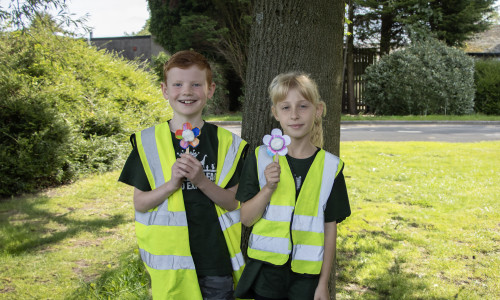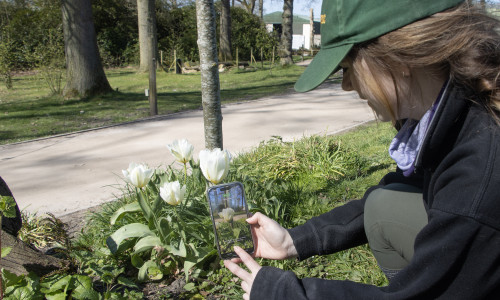Category: Conservation
Published on: February 11th, 2022
This week our some of our team have jetted off to Cambodia – meet Naomi, Kirsten and Amy from Knowsley Safari and Serge and Katie from Liverpool John Moore’s University (LJMU), together they are working to progress the use of drones and machine learning in Southeast Asia alongside Wildlife Alliance.
This isn’t the start of the journey however; our team have been involved with conservation in Cambodia since 2017, where we designed and funded a new enclosure for a population of Endangered Eld’s deer at Phnom Tamao Wildlife Rescue Centre (PTWRC). The new enclosure is away from the main visitor area of PTWRC and aims to offer the deer a home as close to their wild habitat as possible, allowing them to display natural behaviour and raise fawns away from human disturbance. The hope is that this would make the deer more suitable for possible reintroduction projects in the future. Ongoing research to understand more about the behaviour of this species will mean more informed, evidence-based decisions can be made about the species in the future.
For the first time since the pandemic began, our team are finally on their way back to Cambodia!
Part of their trip will involve revisiting the enclosure we designed and seeing how it has been working in practice. Not only that, when we were last there conversations touched on illegal wildlife trade and reports of gunshots near a wildlife release station, and Wildlife Alliance expressed an interest in being able to “throw up a drone to scare people away”. Thanks to our existing relationship with LJMU, who have expertise in monitoring wildlife using UAV and AI technology, we were able to suggest that not only was this potentially possible, but that we could do so much more than scare people away. For example, it is hoped that by using thermal cameras mounted to the drones to seek out heat signatures of people, we can feed images straight into software that can automatically identify the heat signature of people that aren’t meant to be there. Drones can also be used to aid population monitoring of endangered species - Wildlife Alliance regularly release animals confiscated from the illegal wildlife trade back into the wild, and drones can be used to help monitor the success of these releases more effectively.
LJMU have been trialling their technology at Knowsley Safari since 2016. Knowsley provides a unique opportunity to not only test the equipment in the field, but also train the algorithm using exotic species in a wild environment. The technology we are working with has the potential to be game changing when it comes to gathering evidence for decision making in conservation, so being at the forefront is incredibly exciting. There’s a possibility for real time analysis of live data, that doesn’t take hours of manpower to process, saving time and money, leading to more effective conservation action.
We hope to expand the use of this technology in the future so that our partner are able to offer direct protection to forests and wildlife, monitoring illegal activity and existing wildlife populations, enabling more informed decisions to be made for conservation management and the release of wildlife. We’ll be looking to help Wildlife Alliance to invest in this technology and train people on the ground to use it. We also hope to expand its use across Cambodia by other non-governmental organisations, overall improving wildlife conservation in Cambodia.


